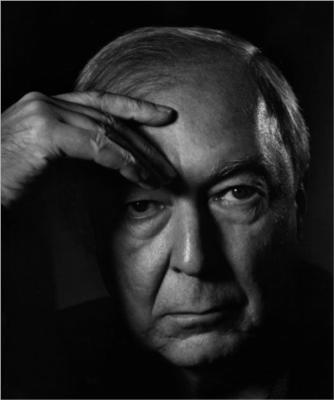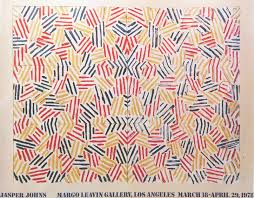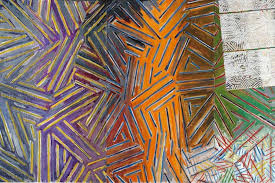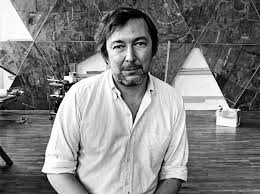
1930
Jasper Johns

description
An American artist and sculptor, a significant figure of modern painting and sculpture, one of the most commercially successful artists of the 20th century. Jasper Johns expressed the idea that art can be understood and close to each person, and not just for particular connoisseurs.
Having abandoned the principles of Abstract Expressionism, misty and distant from people, he used generally known things, symbols of a certain phenomenon, ideas or just everyday habits in his paintings. His most famous picture of this style is “The American flag” – a recognizable and familiar to everyone national symbol, which the artist turned into a colourful painting.
The name of Jasper Johns is often remembered together with another painter, his close friend and colleague Robert Rauschenberg. After Johns met him, his style significantly changed, and his ideas were realized in original and truly innovative works.
The artist’s use of simple objects, for example, beer cans, which he made as a work of art, makes his work related to a conceptual approach to fine art. With his creations, the artist deliberately violated the boundaries between art and everyday life; this marked the beginning of the pop art movement that was extremely popular in the USA in the second half of the 20th century.
The artist currently lives in Connecticut and is considered the most expensive of the living painters.
Key ideas:
– Instead of depicting reality or abstraction, Jasper Johns used symbols in his painting. Any object could become such a symbol; the main thing is that the viewer knows it for sure and has repeatedly met this symbol throughout his life. The recognisability of the object known from childhood creates a unique atmosphere of the painting and causes an instant emotional response.
– Like his predecessor Marcel Duchamp, Jones bases his works on mental associations. He makes compositions in such a way as to make the viewer independently determine the theme and plot of the picture. Therefore, the artist never commented on his work, avoiding any explanations that could make a person abandon their thoughts and feelings.
– Jasper Johns often used ready objects in his works: newspaper clippings, stickers, labels, and even cans from famous drinks, skillfully turning them into art objects. This makes his work similar to Dadaism and a conceptual art movement. This technique completely erases the distinction between everyday life and high art.
– Being a real experimenter, Jasper Johns never stopped there. He tried his hand in various types of fine art, including sculpture and unusual graphic techniques. For his colourful paintings, he used an original mixture of wax-based paints, which gives his canvases a distinct texture and colour. The sculptures of the American artist are everyday things cast from bronze: a flashlight, a lamp, a beer can, etc.
1930
1947
1951
1954
1955
1958
1961
1964
1970
1984
1990
2011
Jasper Johns was born
He entered the University of South Carolina

Was drafted into the army
He settled in New York

Created the work “Flag”

He visited an exhibition of famous Dadaist Marcel Duchamp

Johns began to work with the dance troupe of Merce Cunningham

«Numbers»

He became interested in various graphic techniques

He was elected a member of the American Academy of Arts and Sciences

Received the National Medal of Arts

He was awarded the Presidential Medal of Freedom


